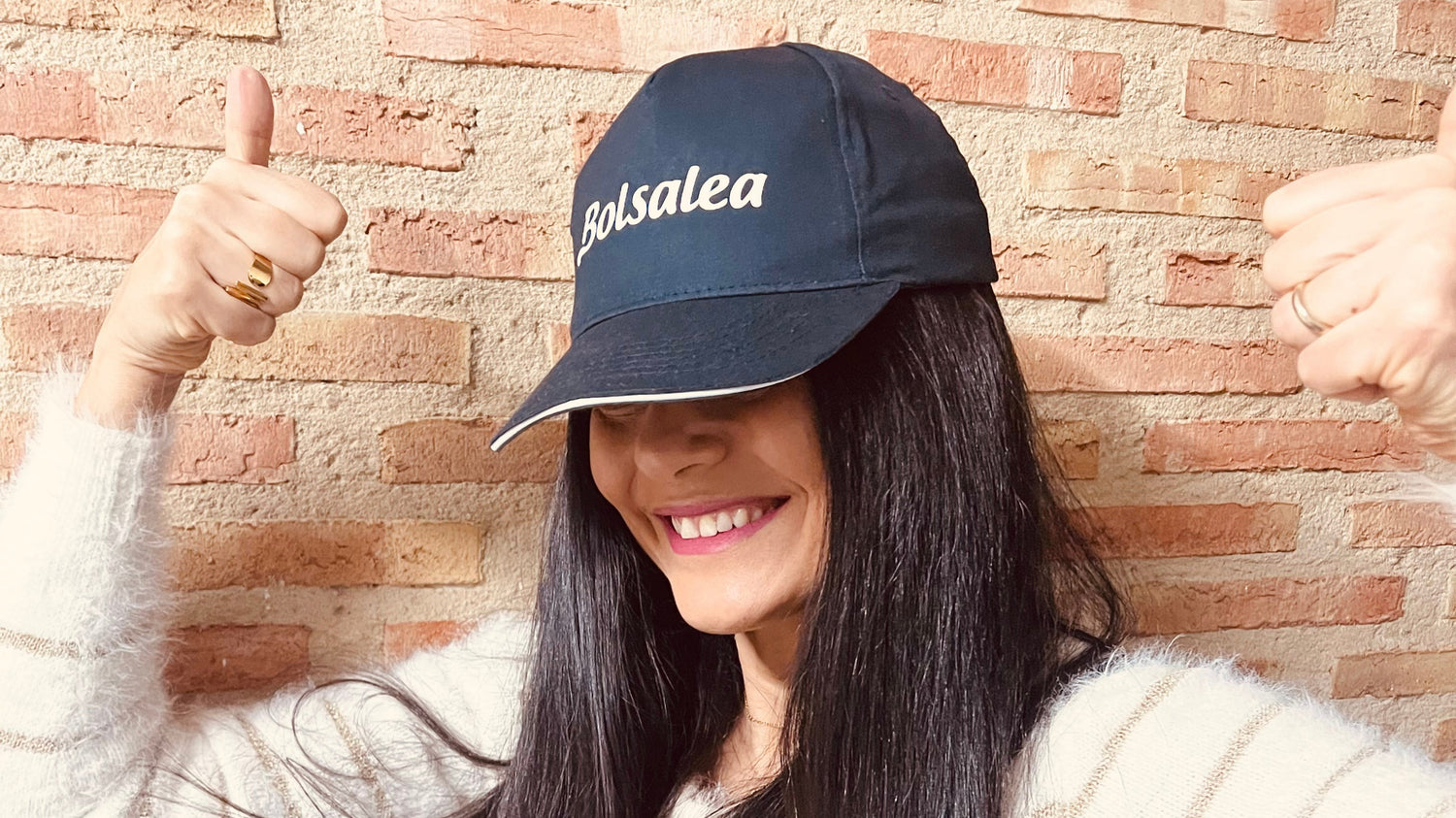LOGO is a platform that is redefining the way luxury products are consumed, with a model based on the circular economy. We spoke to Ana, its founder, to find out how her idea is transforming the industry.
The experience in luxury brands behind LOGO
Ana shares with us that her experience at Dior, Loewe and Tod's was key to shaping LOGO: ‘Everything I learned at those brands helped me build something that has a little bit of each of those experiences’.
In addition, her background as an engineer gives her a very analytical vision: ‘I think that mix of creativity and logic is what really defines my approach at LOGO’.
The emergence of her innovative idea
The founder shares that her idea came about while she was working for a major fashion house. In her role selecting the most exclusive profiles, she noticed something that surprised her: ‘The front row customers, the ones who bought the most at the brand, started organizing amongst themselves to buy different products and then exchange them.’ This way, they could enjoy a much more varied wardrobe.
This phenomenon inspired her to create a platform that would allow more people to enjoy this experience, in a structured and secure way.
How the app works and its value
The application is based on the concept ‘Luxury Handbags as a Service’, which refers to how people enjoy a luxury handbag wardrobe.
This is made possible through a platform that operates as a private club, only accessible by invitation. Ana explains: ‘We open the doors to a wardrobe made up of hundreds of luxury handbags. They can enjoy it, show it off and, when they want something different, simply exchange it for another one’. To access this service, a monthly subscription is required.
Advantages for owners and users
This model offers a range of benefits for both owners and users. One of the main ones is the convenience of receiving the product at home in just 24 hours. Ana points out that they also offer peace of mind and trust: ‘We take responsibility for each of the bags, managing all the legal aspects related to rentals’. She also adds: ‘We have our own workshop to ensure that each piece is always in perfect condition’. Finally, she concludes: ‘We guarantee a safe and hassle-free experience for both owners and users’.
Key factors that differentiate LOGO from other models
According to Ana, what sets LOGO apart from other versions is the relationship between rental and luxury. ‘Our mission is to offer a service that lives up to the luxury represented by the handbags in our catalog’.
On the one hand, the catalogue is attractive and features iconic pieces, always in perfect condition. Additionally, each member enjoys a personalized service, with a stylist available to help them make the most of their closet. Moreover, every operational detail, such as logistics and packaging, is also taken care of. Ana explains: ‘At LOGO, it's not just about renting a handbag, it's about living an experience and enjoying a wardrobe of hundreds of luxury bags’.
LOGO's contribution to the fashion industry
Logo aims to offer an alternative to fast fashion. Ana explains: ‘With LOGO you can have the same feeling of newness all the time, but without falling into constant, pointless buying’.
She adds: ‘We are demonstrating to clients who already consume luxury that LOGO is a service for people who value having a good wardrobe, offering them a temporary and innovative solution rather than buying and accumulating’.
The role of technology in the management of LOGO
Technology plays a key role in LOGO, significantly improving the user experience. Ana says: ‘We have spent a year and a half developing a platform that not only guarantees the security and traceability of each handbag, but also optimizes the user experience’.
She also points out that so far it has been very manual. This has allowed them to deeply understand the real needs of users and the complexities of managing a model like theirs. They have also identified the difficulties in scaling the service without proper technological and operational support.

Future circular economy trends in the sector
According to Ana, the circular economy has a promising future in this sector, which has always been recognized for its focus on quality and durability of its creations.
The founder emphasizes: ‘One of the most significant trends is that luxury consumers are no longer just looking to accumulate goods. Now, they want to experience and enjoy a variety of choices, without the commitments that come with permanent purchase’.
User assessment of the service
Feedback from early adopters has been crucial for the platform´s evolution. Ana highlights: ‘One thing we have learned is that our members want to get it right, and our mission is to make sure they succeed with every order they receive at home’.
As a result, the platform distinguishes itself by being as easy to use as an e-commerce, as inspirational as a blog and as addictive as a TikTok.
The message for sustainable fashion and luxury entrepreneurs
Ana offers valuable advice to those starting a project in this sector: ‘Having a deep understanding of your customer and how to reach them can make a big difference’.
In addition, this experience allows you to understand not only trends, but also the nuances of purchasing behaviour. This translates into time and resource savings when making strategic decisions.
Therefore, it might be time to reconsider our conception of luxury. Perhaps it should not only be associated to spending excessive amounts of money, but rather with a sustainable consumption model, where items are acquired temporarily and at affordable prices.






